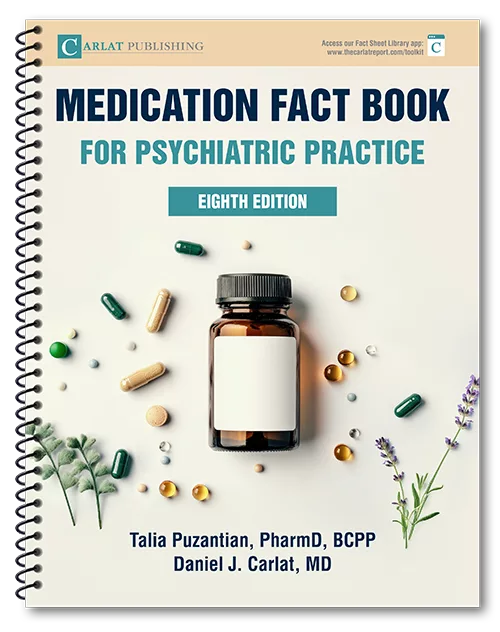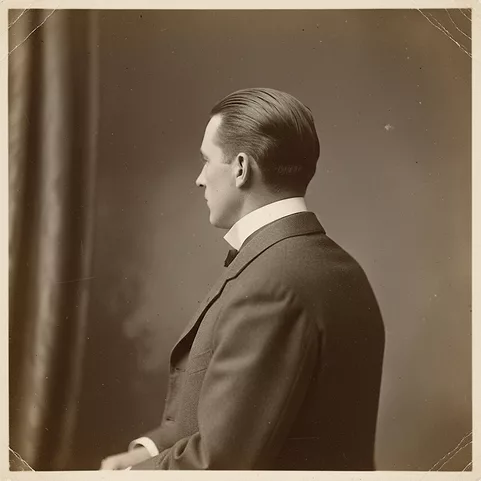Home » Transcranial Direct-Current Stimulation: Not Ready for Prime Time Yet
Transcranial Direct-Current Stimulation: Not Ready for Prime Time Yet
December 1, 2017
From The Carlat Psychiatry Report
Michael Posternak, MD.
Dr. Posternak has disclosed that he has no relevant financial or other interests in any commercial companies pertaining to this educational activity.
Review of: Brunoni AR et al, N Engl J Med 2018;376(26):2523–2533
Transcranial magnetic stimulation (TMS) was approved by the FDA in 2009 for the treatment of major depression, but TMS is costly and has so far produced only mixed results. A novel method, transcranial direct-current stimulation (tDCS), applies a weak electrical current to the brain by placing electrodes on the scalp. tDCS would be less expensive than TMS, and previous research has shown that it can enhance the effects of antidepressant pharmacotherapy (see TCPR, July 2015 for extensive coverage of various electrical devices in psychiatry).
Researchers in a new study sought to determine whether tDCS would be an effective treatment for depression all by itself. In this study, 245 subjects with depression were randomized to tDCS (n = 94), escitalopram (n = 91; dosage was 10 mg for 3 weeks and 20 mg thereafter), or placebo (n = 60). There were no baseline differences between these groups regarding their age, gender, depression severity, or degree of treatment resistance. tDCS treatment consisted of 22 30-minute sessions, and all treatments were delivered over the course of 10 weeks. tDCS was generally well tolerated (though 2 patients developed a new-onset mania compared to none in the other two cohorts), and patients were unable to guess whether they were receiving tDCS or sham treatment—suggesting that patients were truly blind to the treatment they were receiving.
The primary outcome of interest was decrease in Hamilton Depression Rating Scale (HAMD) scores. Patients receiving escitalopram (-11.3 points) and tDCS (-9.0 points) both fared better than placebo (-5.8 points) in this regard, but tDCS was less effective than escitalopram (p = 0.02). Response rates to escitalopram, tDCS, and placebo were 47%, 41%, and 22%, respectively, with both active treatments superior to placebo.
TCPR’s Take
tDCS appears to work for depression, but unless it can be tweaked to work as well as, if not better than, antidepressant medications, it is hard to envision much of a niche for it within our antidepressant armamentarium.
General PsychiatryTranscranial magnetic stimulation (TMS) was approved by the FDA in 2009 for the treatment of major depression, but TMS is costly and has so far produced only mixed results. A novel method, transcranial direct-current stimulation (tDCS), applies a weak electrical current to the brain by placing electrodes on the scalp. tDCS would be less expensive than TMS, and previous research has shown that it can enhance the effects of antidepressant pharmacotherapy (see TCPR, July 2015 for extensive coverage of various electrical devices in psychiatry).
Researchers in a new study sought to determine whether tDCS would be an effective treatment for depression all by itself. In this study, 245 subjects with depression were randomized to tDCS (n = 94), escitalopram (n = 91; dosage was 10 mg for 3 weeks and 20 mg thereafter), or placebo (n = 60). There were no baseline differences between these groups regarding their age, gender, depression severity, or degree of treatment resistance. tDCS treatment consisted of 22 30-minute sessions, and all treatments were delivered over the course of 10 weeks. tDCS was generally well tolerated (though 2 patients developed a new-onset mania compared to none in the other two cohorts), and patients were unable to guess whether they were receiving tDCS or sham treatment—suggesting that patients were truly blind to the treatment they were receiving.
The primary outcome of interest was decrease in Hamilton Depression Rating Scale (HAMD) scores. Patients receiving escitalopram (-11.3 points) and tDCS (-9.0 points) both fared better than placebo (-5.8 points) in this regard, but tDCS was less effective than escitalopram (p = 0.02). Response rates to escitalopram, tDCS, and placebo were 47%, 41%, and 22%, respectively, with both active treatments superior to placebo.
TCPR’s Take
tDCS appears to work for depression, but unless it can be tweaked to work as well as, if not better than, antidepressant medications, it is hard to envision much of a niche for it within our antidepressant armamentarium.
KEYWORDS brain_devices research-update
Issue Date: December 1, 2017
Table Of Contents
Recommended
Newsletters
Please see our Terms and Conditions, Privacy Policy, Subscription Agreement, Use of Cookies, and Hardware/Software Requirements to view our website.
© 2026 Carlat Publishing, LLC and Affiliates, All Rights Reserved.


_-The-Breakthrough-Antipsychotic-That-Could-Change-Everything.webp?t=1729528747)



